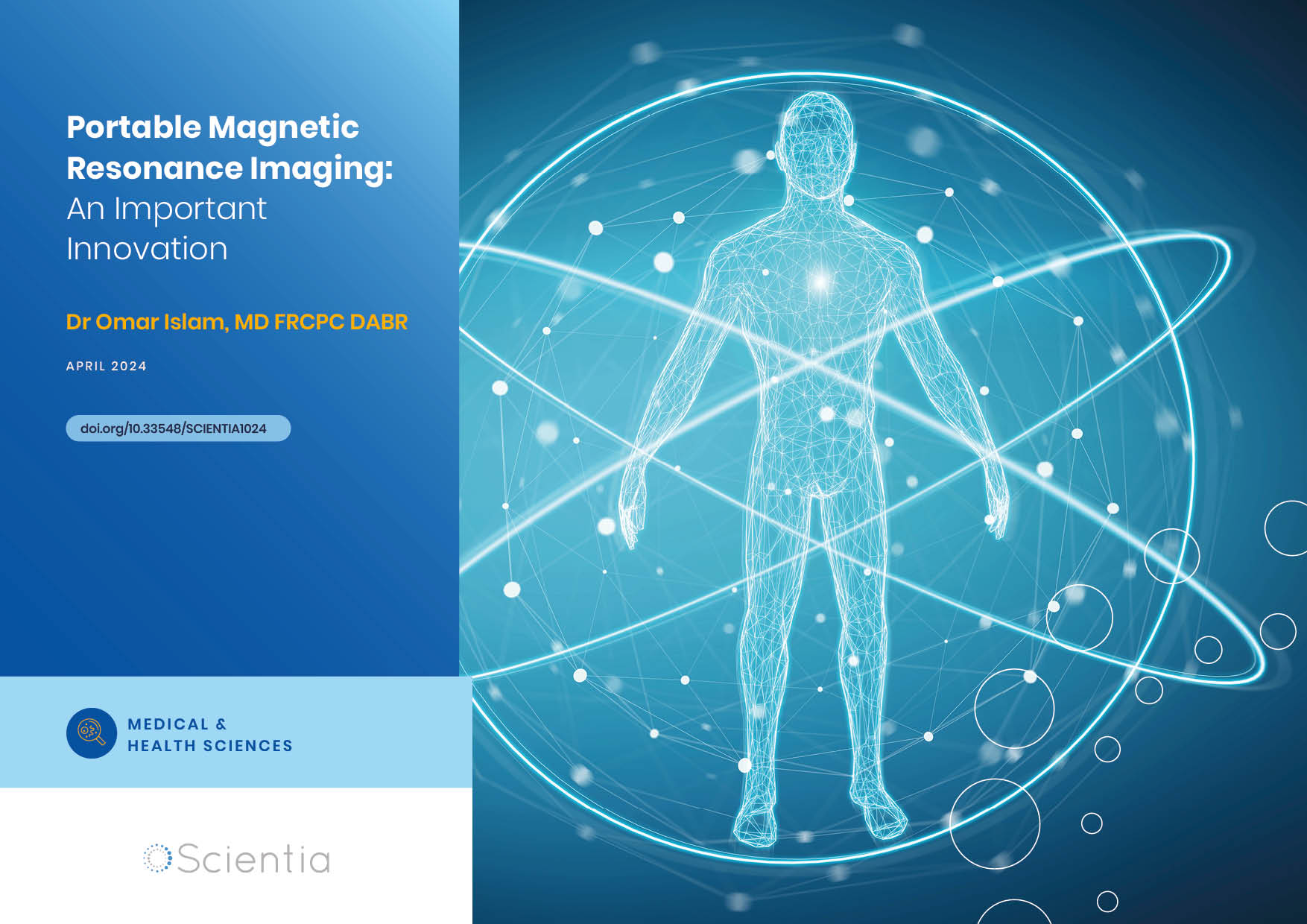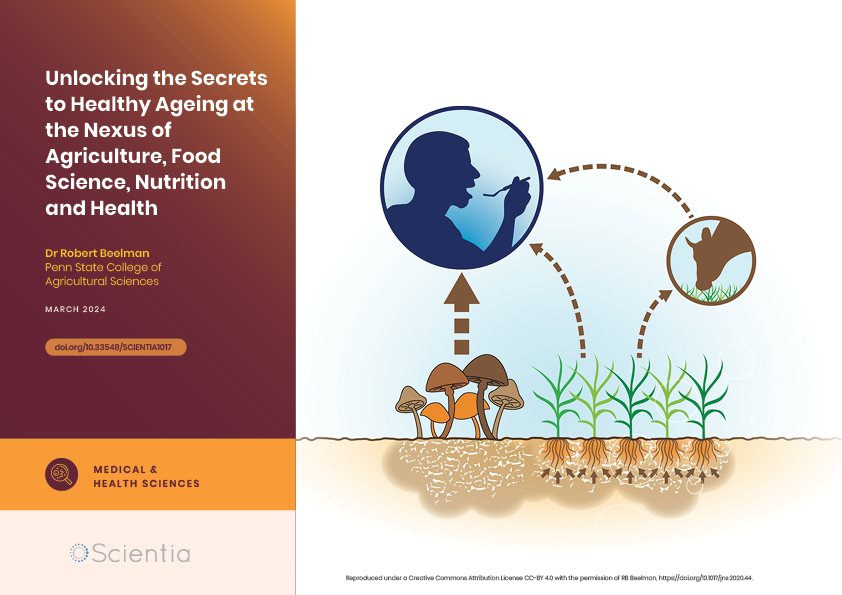Dr Fritz Markwardt – The Importance of the P2X7 Receptor in Inflammation and Pain
Physiological responses to inflammation and pain are complex and varied, depending on which cellular structure you focus on. Planted within our cell membranes is a channel that facilitates the transport of ions in response to perceived dangers. Named P2X7 receptor, this channel subtype is activated by adenosine triphosphate (ATP) to open the gate for ions, and is of particular interest to Dr Fritz Markwardt at Martin-Luther-University Halle-Wittenberg in Germany. Dr Markwardt studies P2X7 to elucidate its structure, function and ATP activation mechanisms to provide novel avenues for drug development.
The Movement of Ions in Response to Danger
The cells in our bodies have countless, complex structures and mechanisms that help them to carry out their specific roles and keep the whole system running. Ligand-gated ion channels belong to such structures. These are pores in the cell that facilitate the movement of ions like sodium, potassium and calcium, and whether they are opened or closed depends on molecules called ligands. A ligand is just a small molecule that binds to a larger one and in this case, adenosine triphosphate (also known as ATP) binds to channels named P2X receptors to open them.
These P2X receptors are essential for a variety of physiological processes including those involved in the immune system, pain perception and programmed cell death. For this reason, they are found in particularly high numbers in the cells of the immune and inflammatory systems.
Normally, ATP acts as an energy source for the necessary reactions and processes within the cell. However, under pathological conditions such as trauma (cell destruction) and inflammation, ATP is released from cells into the extracellular space. When the outward-facing P2X receptors find and bind the ATP surrounding the cell, they read it as a danger signal. This causes the channel to open rapidly so that sodium, potassium and calcium ions can be transported across the membrane for the necessary response to the danger.
P2X receptors have seven known subtypes and the human form of the seventh subtype is known as hP2X7. This receptor is the focus of Dr Fritz Markwardt’s research at the Julius Bernstein Institute of Physiology at Martin Luther University Halle-Wittenberg in Germany. He is a long-serving researcher and professor here and his work in collaboration with other scientists has deepened our understanding of this small yet hugely important component of the body.
The hP2X7 receptor is of particular interest to Dr Markwardt because of the role it plays in inflammation, pain sensation and tumour growth. In describing his research, Dr Markwardt says, ‘We are interested in the activation mechanism of the hP2X7 receptor by ATP on the molecular level. Insights into these mechanisms might help to find pharmacological tools which may be helpful in the treatment of inflammation and pain.’

Cell membrane
The Mechanisms of Ion Channel Opening
A large part of Dr Markwardt’s investigations has been to understand the activity of ATP and hP2X7 on a molecular level and how they affect ions currents through the channel. The first step of one of his studies involved collaboration with Professor Günther Schmalzing in Aachen, Germany, whose group synthesised mRNA constructs of the hP2X7 receptor protein. mRNA is the single-stranded form of DNA that is read by cell machinery to make a desired or necessary protein, including those that make up receptors.
Therefore, when Dr Markwardt introduced this mRNA into the immature eggs (oocytes) of Xenopus frogs, the cells began to produce the human hP2X7 receptors and insert them into their cell membrane. He could then use these cells to measure the ion currents through the hP2X7 receptor ion channels using the voltage clamp technique.
Scientists use this method in electrophysiology to look at how ions move across a specific section of a cell membrane (or a whole cell, or section of tissue). They do this by controlling the voltage across the cell membrane and recording what currents are consequently created. Because Dr Markwardt and his team made these measurements of ion currents of single channels in a patch of the membrane, this is called the patch clamp technique.
Every cell membrane has a natural voltage between -30 and -90 mV, so the team studied how ion currents are impacted by voltages within this range in addition to the concentration of ATP. Through their results, they were able to describe the mechanism that leads to ATP-mediated activation and opening of the hP2X7 channel on a molecular level.
Characterising the P2X7 Ion Channel Receptor
Dr Markwardt went further to characterise the ion channel by studying which sections of the channel are responsible for selecting the ions that pass through, which is important for regulating normal cell function. He also determined the diameter of the pore for the ions to pass through – or not as the case may be. Cations, positively charged ions missing an electron, are able to pass through the channel, whereas, negatively charged ions with an extra electron, are not. They do, however, have some influence over the opening of the channel once ATP has bound to the receptor. A binding site for anions outside of the cell allows this to take place.
Although the opening of the channels is important, it is also crucial for them to close. Another study by Dr Markwardt found the structures that close the channel when ATP is not bound to P2X7 because it is not present in the extracellular space (outside the cell).
All of these findings helped Dr Markwardt and his fellow researchers to better understand how the P2X7 receptor ion channel and its specific elements function and for what purpose.
‘We are interested in the activation mechanism of the hP2X7 receptor by ATP on the molecular level. Insights into these mechanisms might help to find pharmacological tools which may be helpful in the treatment of inflammation and pain.’

Recording setup for two-microelectrode patch clamp measurements
Credit: Fritz Markwardt
Facilitation and Inhibition of P2X7 Activation
One of these elements is called the C-terminal tail, which is the last about 200 amino acids in the chain – the very end of the P2X7 receptor protein. Again using Xenopus frog oocytes, Dr Markwardt carried out experiments to determine the purpose of this tail for the functioning of P2X7 receptors. Uniquely, P2X7 has an extended C-terminal, meaning it is longer than normal, which was of particular interest to the team.
When this tail was removed from the channel protein, it only produced 5% of the normal ion current, revealing the importance of this structure. They found that the extended C-terminal tail is used for regulating the function of the channel and central for optimal activation of the ion channel by ATP attachment.
In a separate study, Dr Markwardt found a factor that inhibits, rather than promotes P2X7 activation. When tissue is inflamed due to an immune or trauma response, the pH of that tissue lowers, i.e., the amount of protons increases in the area. In tests of P2X7 in this environment, he found that the protons bind to the extracellular ATP which means that it then has a lower affinity (attraction) to the binding site on the receptor. In addition to this, protons also bind to the receptor itself which further reduces the effects of ATP at the P2X7 receptor.
As a result, P2X7 activation is dampened during an inflammation response, as ATP finds it much harder to bind to the receptor and to open the channel.

Recording setup for two-microelectrode patch clamp measurements
Credit: Fritz Markwardt
Mechanism of Adenosine Triphosphate Secretion
The way in which cells secrete ATP for P2X7 activation is a vital yet not fully defined aspect of the mechanism of P2X7 receptor activation. Further research by Dr Markwardt and his colleagues discovered an important stretch-activated anion channel involved in the process. Cells need to be able to cope with a variation in volume within their membrane so that they don’t burst when it increases or shrivel when it decreases.
When the cell volume increases, the membrane can stretch to accommodate this, creating a mechanical stimulus that puts stretch-dependent anion channels into action (hence the name). The team found that sphingosine-1-phosphate (S1P), a molecule involved in inflammation, can open such an ion channel, facilitating the transport of ATP from the inside to the outside of the cell.
This makes S1P a potential target for inflammatory disorders that go beyond what is necessary for an immune response and create an overactive and damaging one. Inhibiting S1P might prevent the over-release of ATP and the over-activation of P2X7.
Current Work on the Interactions and Uses of P2X7
With the aid of a grant from the Deutsche Forschungsgemeinschaft (DFG, German Research Foundation), Dr Markwardt and his fellow researchers are continuing to deepen our understanding of the structure and function of the P2X7 receptor. His current investigations seek to elucidate the interactions between P2X7 and P2X4 receptors, a different subtype of the P2X family. Currently, it appears that while the two proteins can interact and even join within cells, they do not impact one another’s function.
Dr Markwardt has dedicated a large portion of his scientific career to comprehending the role of P2X7 in the body and its physiological responses. This clarification will help others in the future to innovate and develop novel therapeutics that target the receptor and its related networks. These potential drugs could be incredibly useful for those suffering from inflammation and pain by targeting the mechanisms involved with P2X7 that amplify them – making a positive impact for those that are treated by them.
SHARE
DOWNLOAD E-BOOK
REFERENCE
https://doi.org/10.33548/SCIENTIA799
MEET THE RESEARCHER

Dr Fritz Markwardt
Julius Bernstein Institute of Physiology}
Martin Luther University Halle-Wittenberg
Halle/Saale
Germany
Dr Fritz Markwardt holds degrees in Physics, Medicine and Physiology in addition to a medical doctorate and a scientific medical doctorate. He is a long-standing researcher and Professor of Electrophysiology at the Julius Bernstein Institute of Physiology at the Martin Luther University Halle-Wittenberg in Germany. Dr Markwardt’s work focuses on the mechanism of adenosine triphosphate (ATP) secretion from cells and its action on ATP-gated P2X receptor ion channels. In particular, his work on the structure and function of the P2X7 receptors may help developing novel therapeutics for inflammation and pain.
CONTACT
E: fritz.markwardt@medizin.uni-halle.de
W: http://www1.medizin.uni-halle.de/iph/research_markwardt.htm
KEY COLLABORATORS
Kenneth A. Jacobson, National Institutes of Health, Bethesda, USA
Christa Müller, Pharmaceutical Institute, University of Bonn, Germany
Günther Schmalzing, Institute of Clinical Pharmacology, RWTH Aachen University, Germany
FUNDING
Deutsche Forschungsgemeinschaft (DFG, German Research Foundation – MA 1581/15-2)
FURTHER READING
D Zahiri, P Burow, C Großmann, et al., Sphingosine-1-phosphate induces migration of microglial cells via activation of volume-sensitive anion channels, ATP secretion and activation of purinergic receptors, Biochimica et Biophysica Acta (BBA)-Molecular Cell Research, 2021, 1868(2), 118915.
M Trang, G Schmalzing, CE Müller, F Markwardt, Dissection of P2X4 and P2X7 Receptor Current Components in BV-2 Microglia, International Journal of Molecular Sciences, 2020, 21(22), 8489.
F Di Virgilio, G Schmalzing, F Markwardt, The Elusive P2X7 Macropore, Trends in Cell Biology, 2018, 28(5), 392–404.
A Pippel, M Stolz, R Woltersdorf, et al., Localization of the gate and selectivity filter of the full-length P2X7 receptor, Proceedings of the National Academy of Sciences, 2017, 114(11), 2156–2165.
M Schneider, K Prudic, A Pippel, et al., Interaction of Purinergic P2X4 and P2X7 Receptor Subunits, Frontiers in Pharmacology, 2017, 8, 860.
P Burow, M Klapperstück, F Markwardt, Activation of ATP secretion via volume-regulated anion channels by sphingosine-1-phosphate in RAW macrophages, Pflügers Archiv-European Journal of Physiology, 2015, 467(6), 1215–1226.
C Kubick, G Schmalzing, F Markwardt, The effect of anions on the human P2X7 receptor, Biochimica et Biophysica Acta (BBA)-Biomembranes, 2011, 1808(12), 2913–2922.
B Flittiger, M Klapperstück, G Schmalzing, F Markwardt, Effects of protons on macroscopic and single-channel currents mediated by the human P2X7 receptor, Biochimica et Biophysica Acta (BBA)-Biomembranes, 2010, 1798(5), 947–957.
D Becker, R Woltersdorf, W Boldt, et al., The P2X7 Carboxyl Tail Is a Regulatory Module of P2X7 Receptor Channel Activity, Journal of Biological Chemistry, 2008, 283(37), 25725–25734.
T Riedel, I Lozinsky, G Schmalzing, F Markwardt, Kinetics of P2X7 Receptor-Operated Single Channels Currents, Biophysical Journal, 2007, 92(7), 2377–2391.
T Riedel, G Schmalzing, F Markwardt, Influence of Extracellular Monovalent Cations on Pore and Gating Properties of P2X7 Receptor-Operated Single-Channel Currents, Biophysical Journal, 2007, 93, (3), 846–858.

REPUBLISH OUR ARTICLES
We encourage all formats of sharing and republishing of our articles. Whether you want to host on your website, publication or blog, we welcome this. Find out more
Creative Commons Licence (CC BY 4.0)
This work is licensed under a Creative Commons Attribution 4.0 International License. 
What does this mean?
Share: You can copy and redistribute the material in any medium or format
Adapt: You can change, and build upon the material for any purpose, even commercially.
Credit: You must give appropriate credit, provide a link to the license, and indicate if changes were made.
SUBSCRIBE NOW
Follow Us
MORE ARTICLES YOU MAY LIKE
Dr Yong Teng | Improving the Outlook for Head and Neck Cancer Patients
Dr Yong Teng at the Emory University School of Medicine is working with colleagues to overcome the high mortality of individuals diagnosed with cancers affecting the head and neck. One of his approaches is based on understanding the particular mechanisms of the ATAD3A gene, which new insights suggest are closely related to cancers affecting the head and neck.
Professor Toni Miles | Why Understanding Bereavement Matters
Professor Toni Miles has dedicated her research efforts to measuring bereavement and its impact on population health. Individual experience with bereavement is commonplace, but we know little about its impact on society when there is an instantaneous experience by a large number of individuals, i.e., mass bereavement. To measure its occurrence, her research with colleagues first confirmed that bereavement can be effectively measured in population surveys. Professor Miles argues that we should use such approaches to deliver interventions aiming to reduce the negative consequences of bereavement on individuals. By measuring bereavement in communities, these data become a cost-effective way to increase resilience, reduce demands on healthcare systems, and enhance public safety.
Dr Omar Islam | Portable Magnetic Resonance Imaging: An Important Innovation
Imaging technologies are vital in modern medicine and have revolutionised how clinicians make diagnoses and monitor disease progression. However, the necessary equipment – such as a scanner for magnetic resonance imaging (MRI) – is very large and expensive, requiring patients to go to the scanner rather than receiving scans as bedside care. This takes up valuable staff time and resources, and can present further risks to patients. Dr Omar Islam from Queen’s University and Drs Aditya Bharatha and Amy Lin from the University of Toronto are showing how portable MRI scanners may offer a viable alternative that benefits patients and healthcare systems.
Dr Robert Beelman | Unlocking the Secrets to Healthy Ageing at the Nexus of Agriculture, Food Science, Nutrition and Health
Dr Robert Beelman is Professor Emeritus of Food Science and the Director of the Center for Plant and Mushroom Foods for Health at Penn State College of Agricultural Sciences. His groundbreaking research on the medicinal properties of mushrooms and vital nutrients like Ergothioneine has opened new pathways in understanding the link between diet, soil health, and human longevity.





